宾补和后置定语的区别
2020-06-18 09:51:31文/钟诗贺后置定语可译为“…的”:a girl in red穿着红衣服的姑娘;people alive活着的人;the books here这里的书;the girl wearing a skirt穿着裙子的姑娘。宾补的构成:1.动词+宾语+宾补;2.with +宾语+宾补。
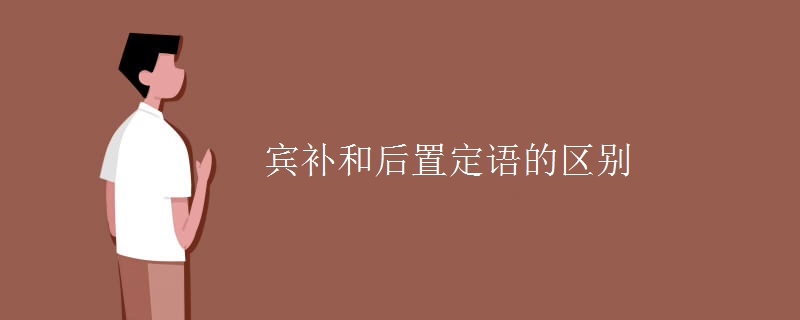
宾语补足语
常跟复合宾语的动词有:call(叫),named(叫做),make(做),think(思考),find(找),leave(离开),keep(保持),nominate(任命),choose,elect(选举),define(定义),regard(认为), see(看),recognize(认出),treat,take,consider(考虑),look up,refer to(提到),accept(接受),acknowledge(承认),describe,depict(描述),represent(表现出),declare(宣称),denounce(指责),employ(雇佣),use(使用),show(展示),organize,express(表达)等(包括使役动词)。
比如:
I find learning English difficult.(difficult是形容词做宾补)
I saw the kite up and down. (up and down是副词做宾补)
Tom made the girl (to) cry. (cry是省略不定式符号to的动词不定式)
注意:当感官动词和使役动词,如:
see hear notice watch hear feel observe(感官动词)
make have let(使役动词)
接宾补时,不定式的符号to必须省略。
在help后,不定式可以带to,也可不带。
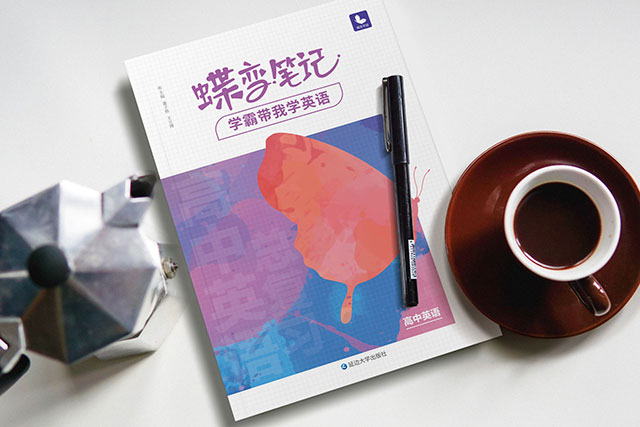 适合高中生积累的英语句子
适合高中生积累的英语句子大部分学生都表示学英语其实挺有意思的,但是背单词学...
2021-03-25 高中英语不好怎么能快速提高
高中英语不好怎么能快速提高 对于很多的高中生来说,高中英语简直像噩梦一样,英语...
2021-03-23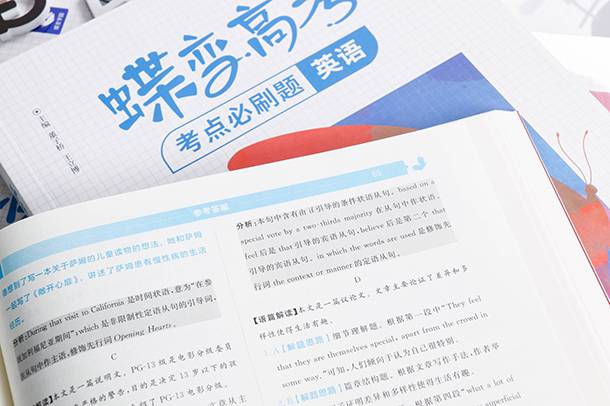 怎样学好高中英语 方法是什么
怎样学好高中英语 方法是什么英语在高中不是很难,想要学好,还是要掌握方法,小编...
2021-02-13 重庆高中英语辅导班哪家好
重庆高中英语辅导班哪家好重庆高考英语辅导班有很多,学生们在报考的时候,要注...
2020-12-05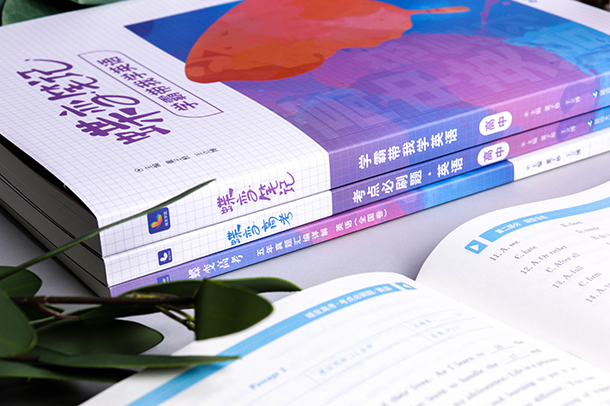 读后续写英语作文的技巧有哪些
读后续写英语作文的技巧有哪些读后续写是英语作文当中经常会出现的一种命题方式。那...
2020-10-27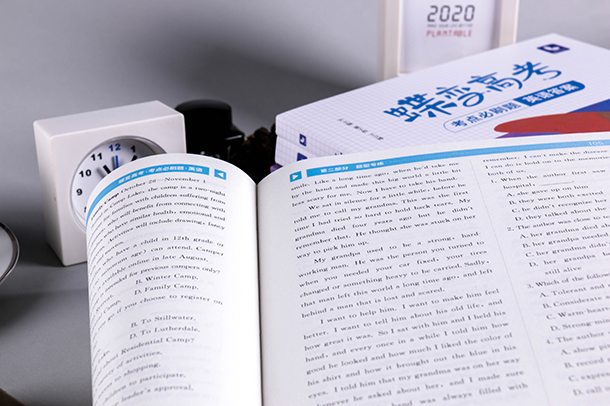 学英语的最好的免费软件有哪些
学英语的最好的免费软件有哪些随着互联网时代的全面来临,很多同学都会通过网课的形...
2020-10-25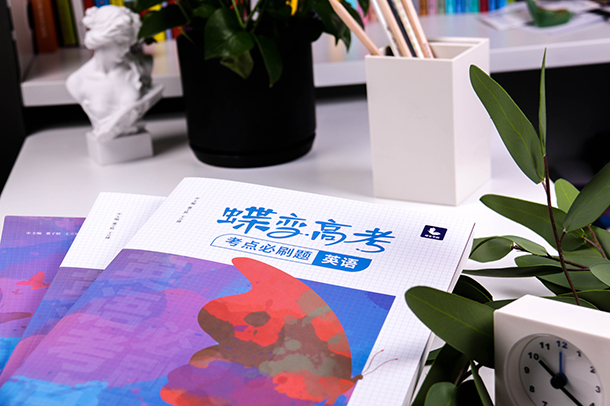 关于重阳节的英语作文范文有哪些
关于重阳节的英语作文范文有哪些一年一度的九九重阳节马上就要到了,下面小编为大家提...
2020-10-22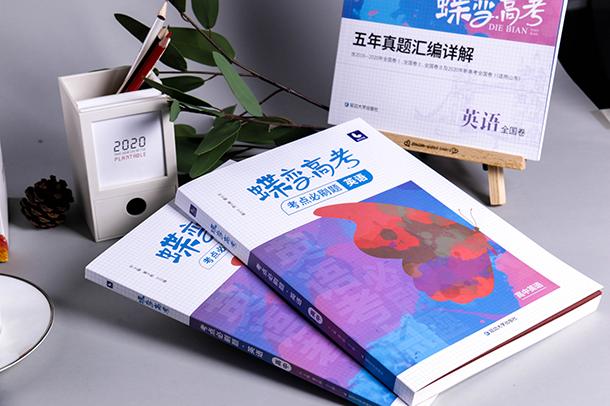 向朋友介绍重阳节的英语作文
向朋友介绍重阳节的英语作文重阳节是我国的传统节日,蕴含着我国尊老爱幼的优良传...
2020-10-22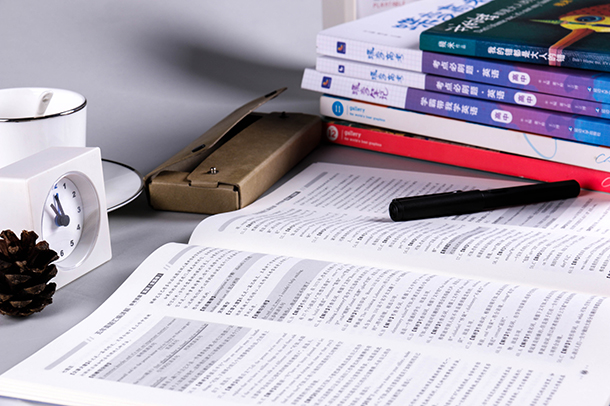 重阳节主题的英语作文80字范文
重阳节主题的英语作文80字范文重阳节与除夕、春节、清明、端午、七月半等均是中国传...
2020-10-22 重阳节有关的英语作文80词带翻译
重阳节有关的英语作文80词带翻译重阳节是中华民族的传统节日,体现了尊老爱幼的优良传...
2020-10-22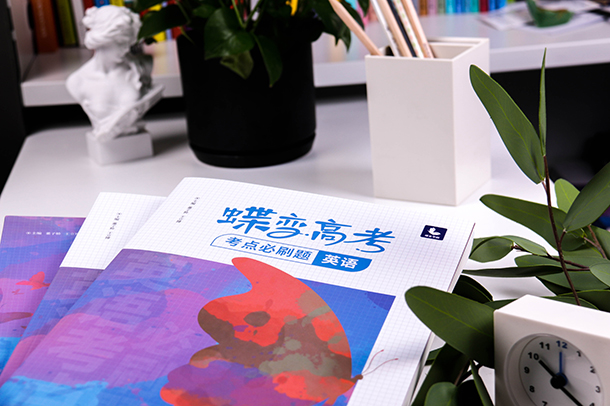 描写重阳节的英语作文有哪些
描写重阳节的英语作文有哪些重阳节,人们有敬老的风习,各家晚辈都要给上了年纪的...
2020-10-22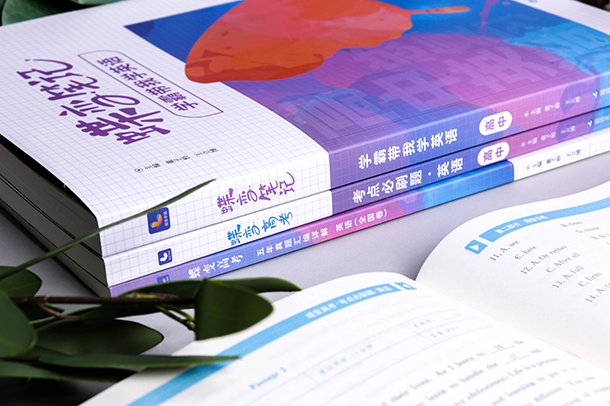 关于重阳节的英语作文有哪些
关于重阳节的英语作文有哪些重阳节就要到了,相信很多小伙伴都被布置了写重阳节主...
2020-10-22 be popular for的用法
be popular for的用法be popular for 是表示“因...而受...
2020-10-18 work out意思和用法
work out意思和用法work out的意思有想出,得到(解决方法);解...
2020-10-13 staff可数吗
staff可数吗staff是集合名词,本身有复数性质,但是没有复数...
2020-10-13
点击查看 高中英语语法 更多内容









